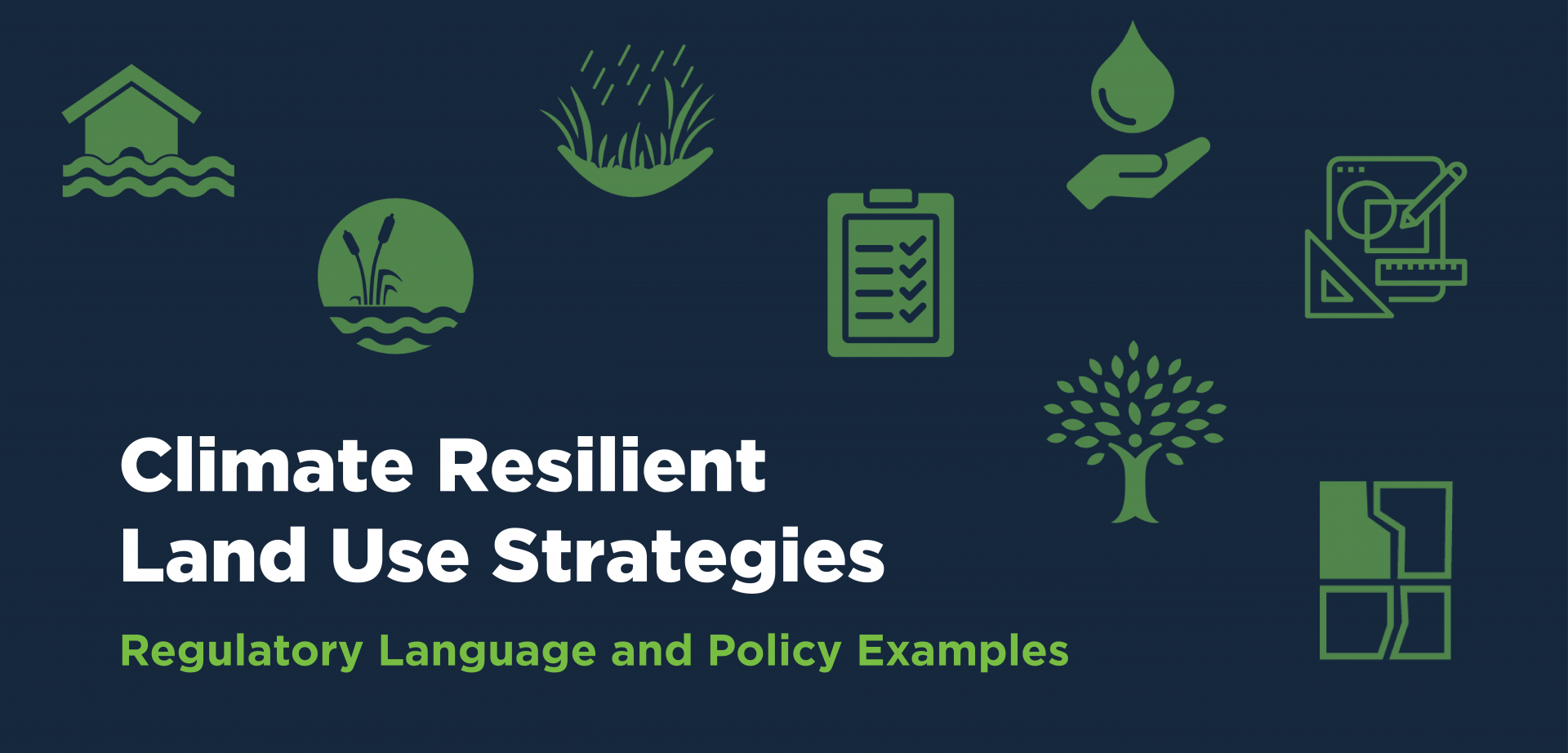
Land use regulations can be a powerful tool to provide climate resilience. From floodplain and wetlands restrictions, to tree protection and water conservation, to design standards and zoning, communities are using their regulatory authority to address the growing impacts of rainstorms, sea level rise, heat, and drought.
Regulatory language and policies specifically crafted to address climate risk are still relatively uncommon. But many communities have adopted language that reduces vulnerability to climate impacts.
With this resource, we highlight regulatory language and policy examples from MAPC's 101 communities and beyond. Use the links below to find language for your community, background on resilient land use, and additional resources.
Do you know of language that should be included here? Do you have suggestions for additional topics? Let us know by contacting environment@mapc.org.
Examples of Climate Resilient Regulatory Language
Click below to see specific examples in each category.
Additional Resources
The resources and language at the links above do not constitute legal advice. Municipalities should consult their legal counsel when adopting new bylaws, ordinances, and policies.
Did we miss something? Do you have regulations or policies that should be added to this website? Do you need assistance? For additions, corrections, or questions please contact environment@mapc.org.
The information and resources on this webpage were funded by generous support from the Barr Foundation and the Office of Energy and the Environmental Affairs' (EEA) Planning Assistance and Municipal Vulnerability Preparedness (MVP) Action Grants. MAPC will add to this resources as new resources are developed and become available.










